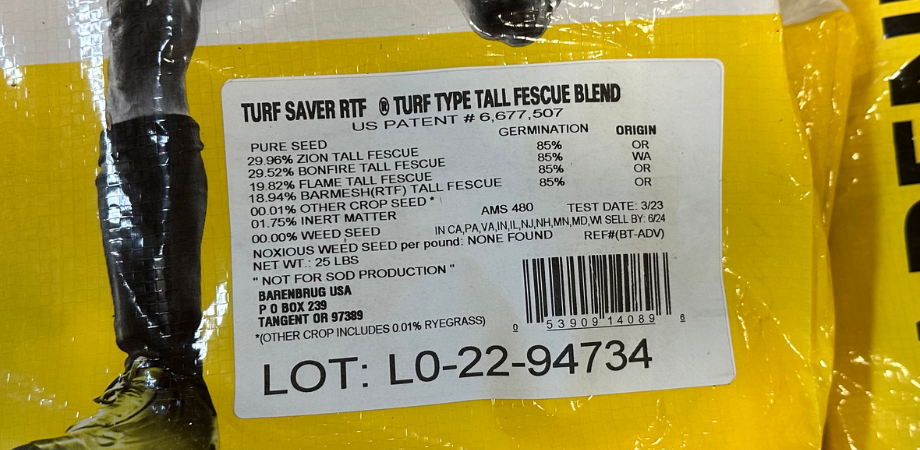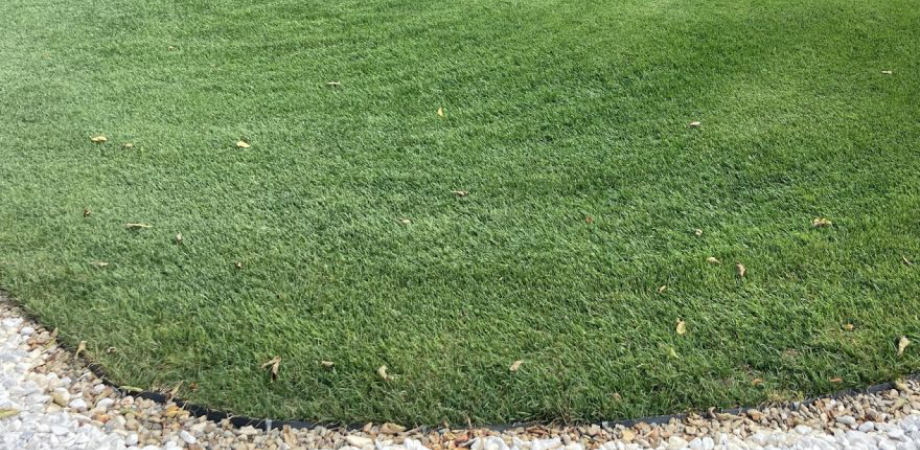Understanding infield test results allows you to adjust the composition of your field accordingly. Infield test results include an analysis of silt and clay, which we discussed in a recent blog post. Today, we’ll look at the results pertaining to sand.
Sand content includes all material in the size range of 0.05–1 mm. The ideal percentage of infield material in that range depends on the level of play of the field, as specified below.
- Recreational and High School: 70–75%
- Collegiate: 65–70%
- Professional: 50–60%
When selecting an infield material for your field, it’s a good idea to perform an independent test to confirm the composition of the material before you commit to it. Choose a test that not only provides the percentage of sand but also a breakdown of the sand content. Variety within the overall sand content makes a difference.
Medium-sized sand includes all the sand retained on a medium (or larger) sieve. Again, the ideal percentage depends on the level of play:
- Recreational and High School: at least 50%
- Collegiate: 45–50%
- Professional: 38–45%
Within the ideal range, your field will have better structure in both wet and dry conditions. Lower amounts of medium-sized sand make for dusty infields in dry conditions and unstable infields in wet conditions.












